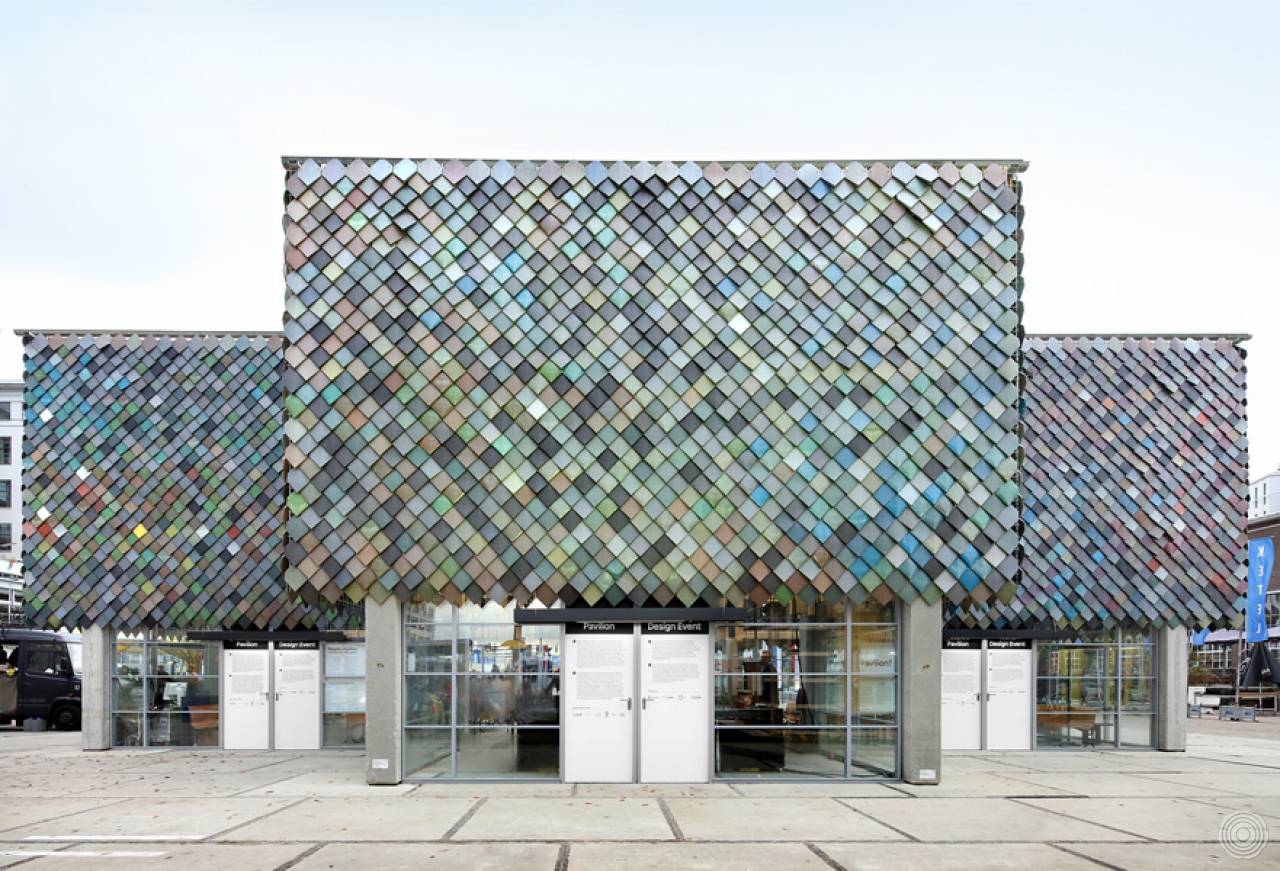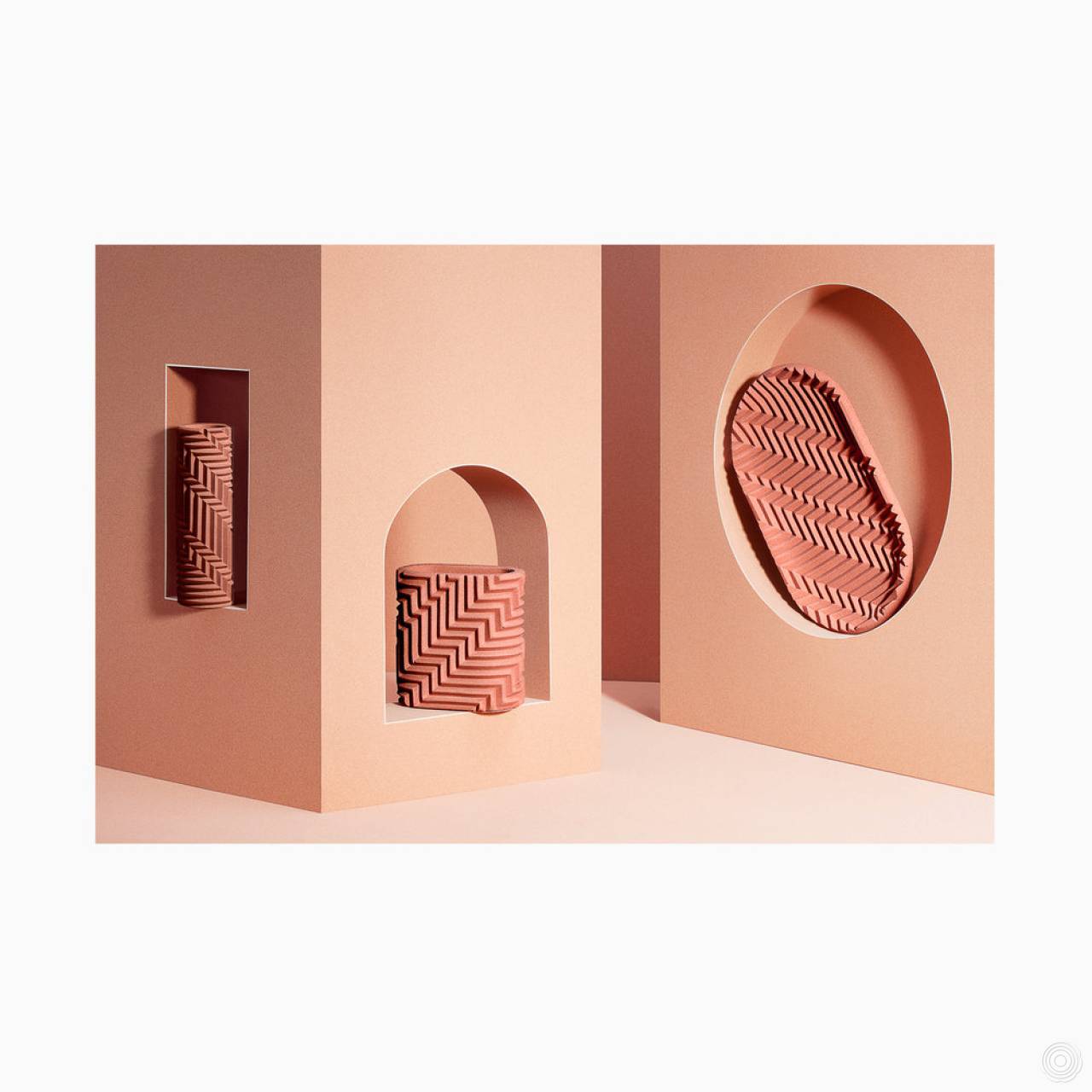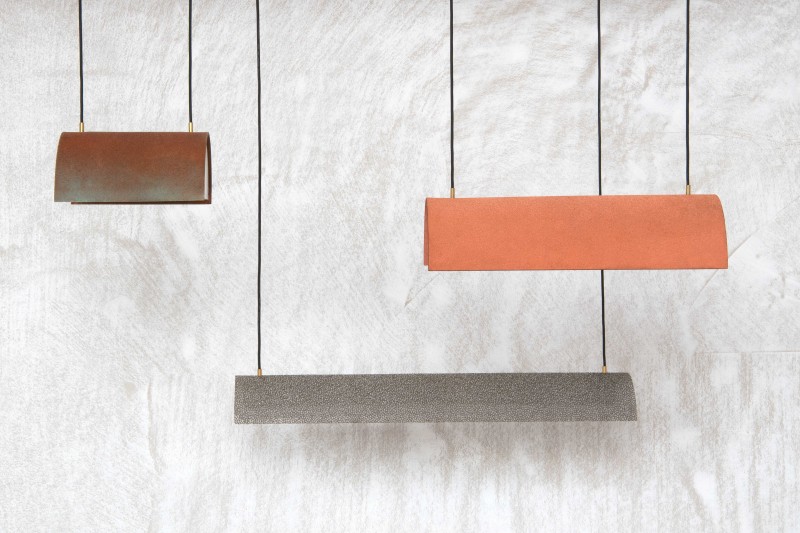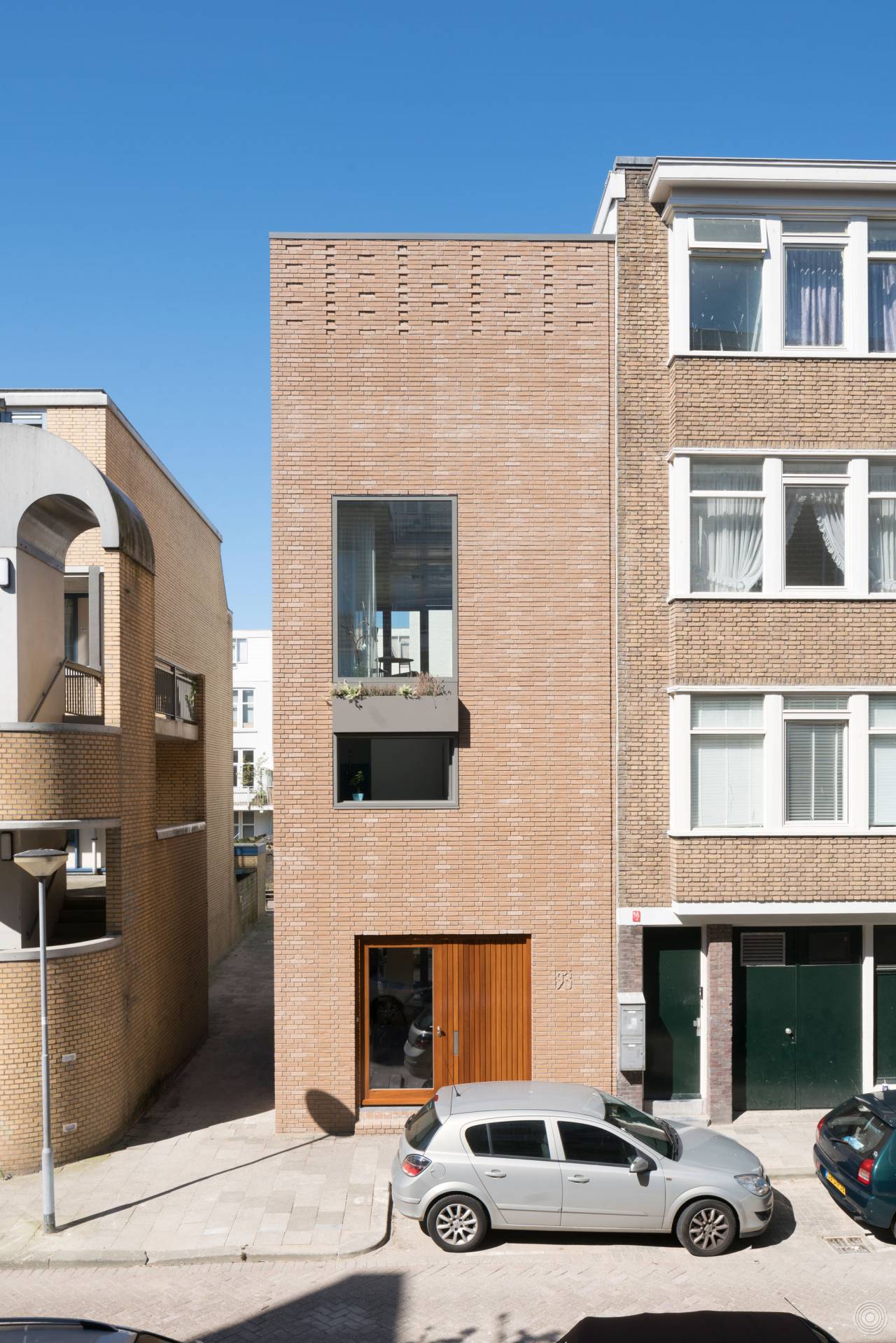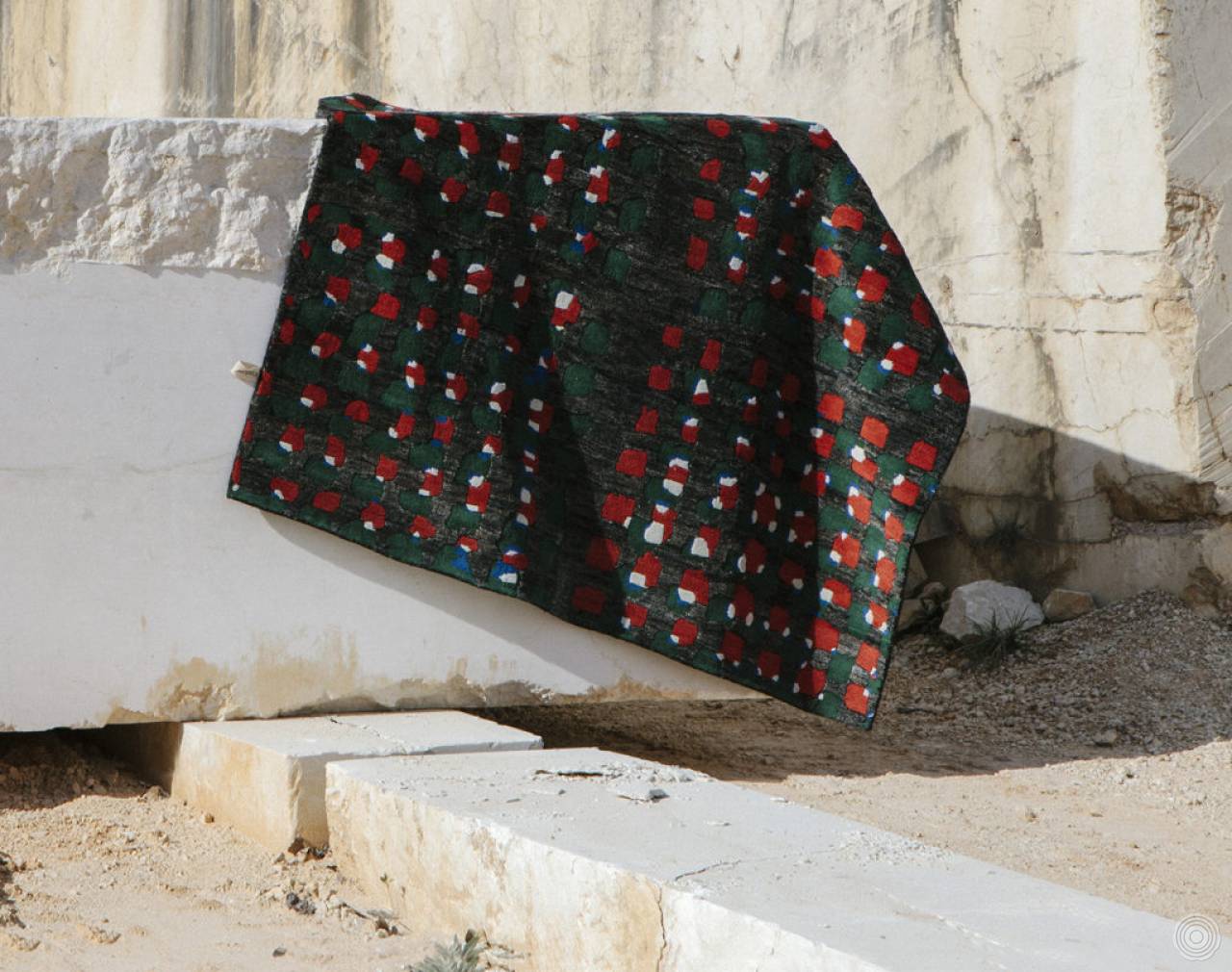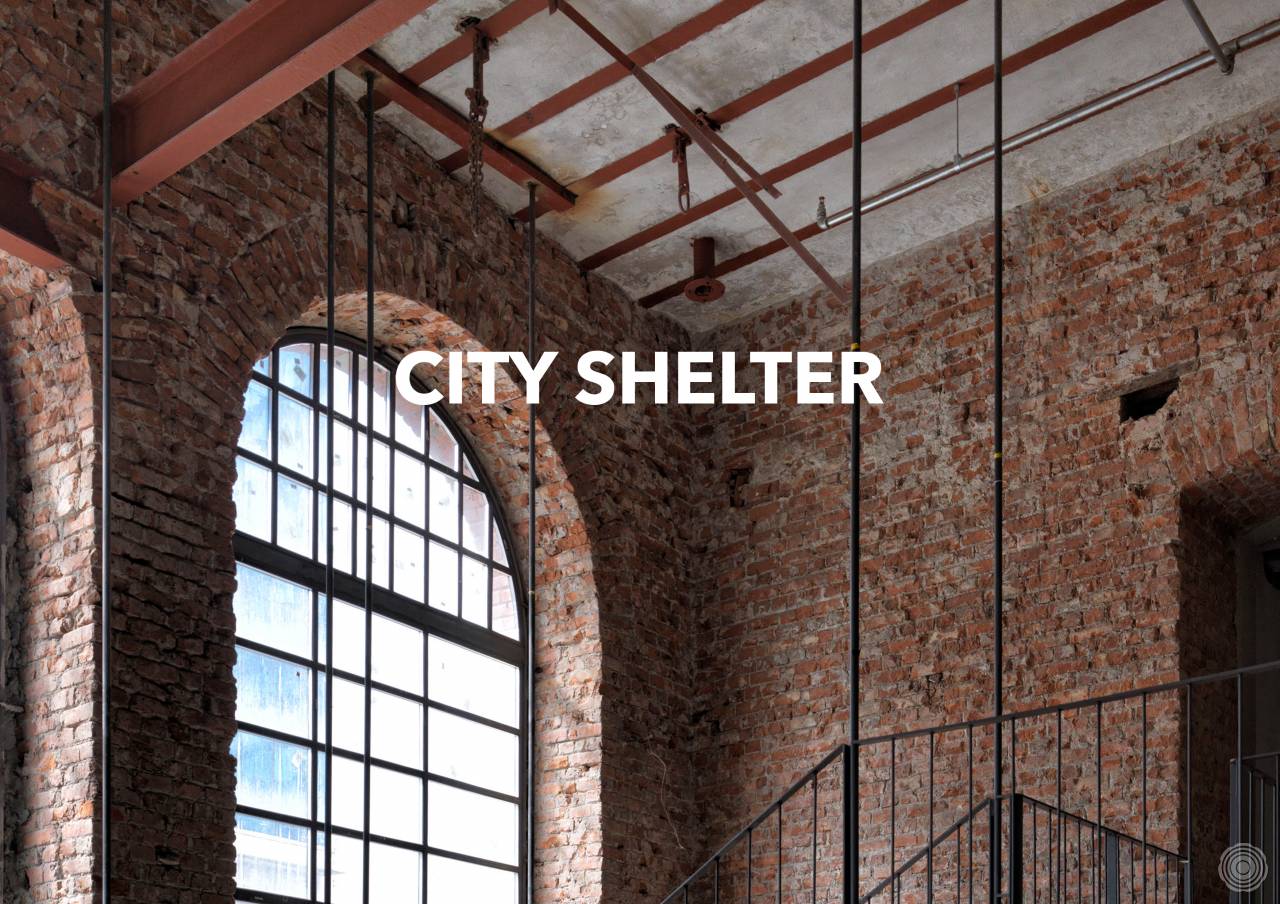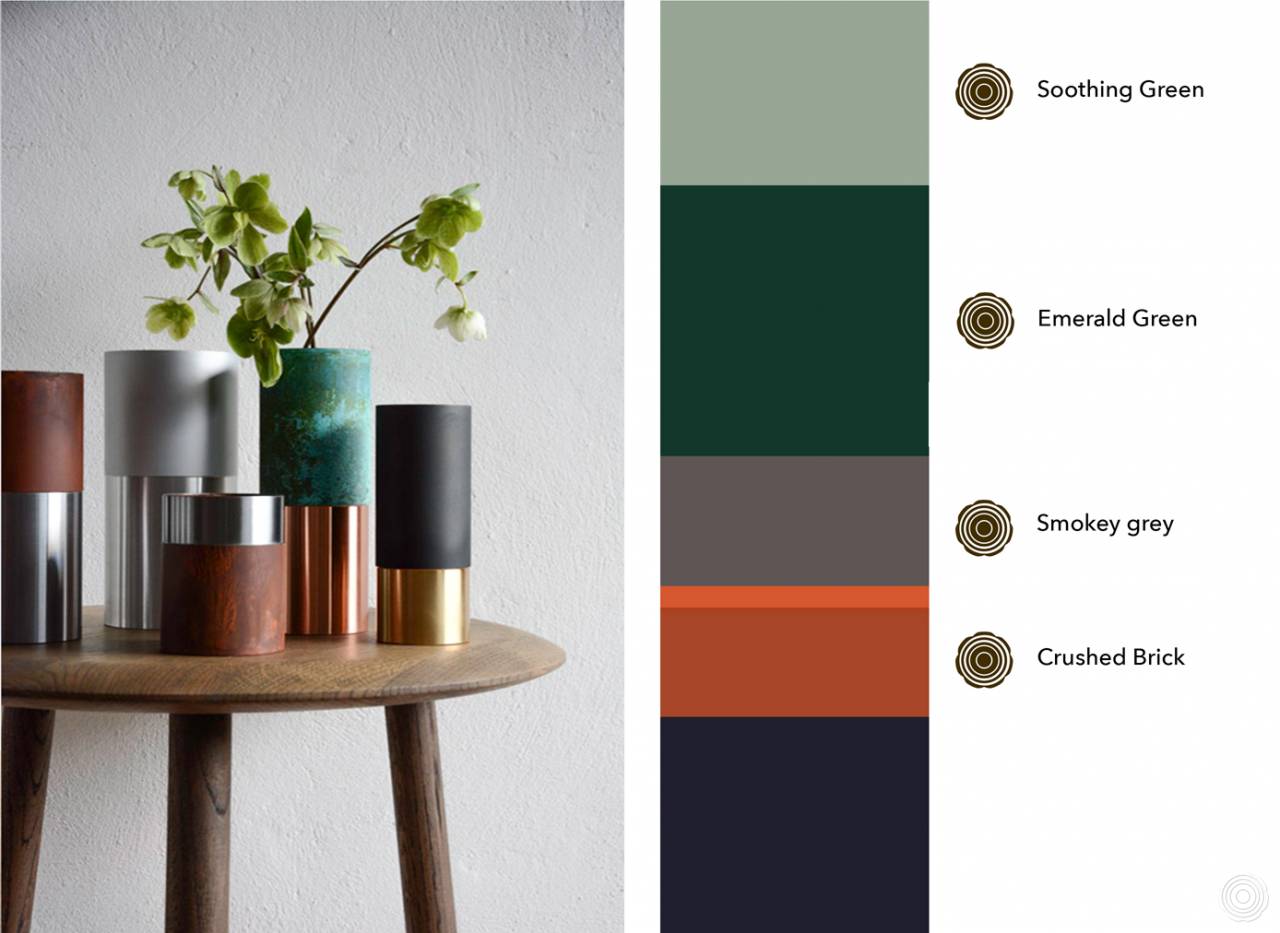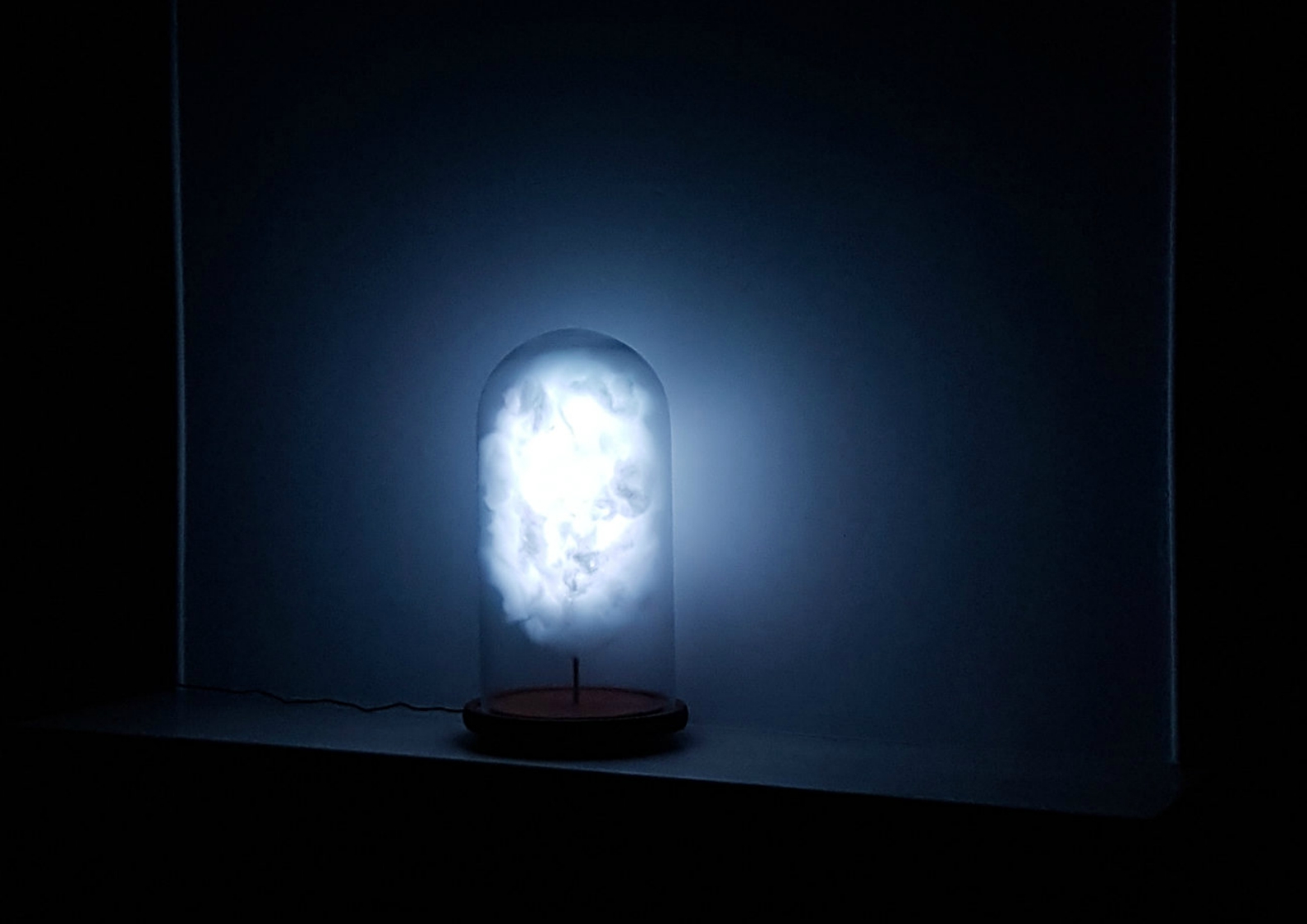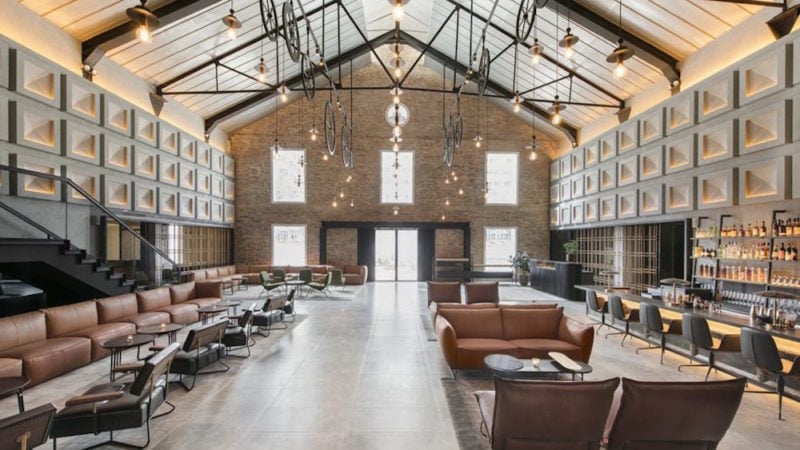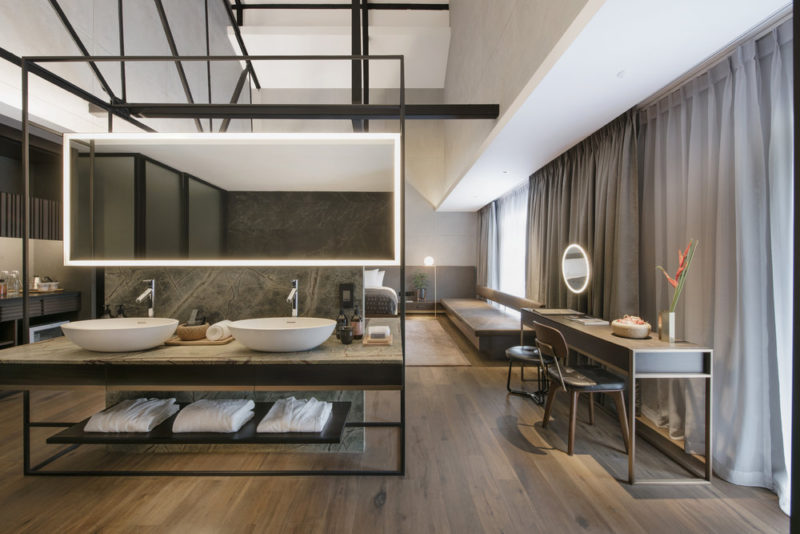Categorie: Geen onderdeel van een categorie
People’s Pavilion: 100% borrowed
The Dutch Design Week is the largest and most important design event in Northern Europe. The central meeting place for creative thinkers and do-ers from around the world is the People’s Pavilion. The building is a design of bureau SLA & Overtreders W. The designers have given a radical new impulse to the notion of a circular economy: the pavilion is made with 100% borrowed materials. Materials from suppliers and producers, but also from Eindhoven residents. Concrete and wooden beams, facade elements, glass roof, recycled plastic cladding: everything is borrowed for 9 days and will be returned to the owners after the DDW. All materials will remain unharmed. There are no screws, glue, drills or saws on the construction site. The People’s Pavilion shows a new future for sustainable building architecture: a powerful design language with new collaborations and intelligent construction methods. The plastic shingles are designed by bureau SLA and Overtreders W. They are made of plastic household waste.
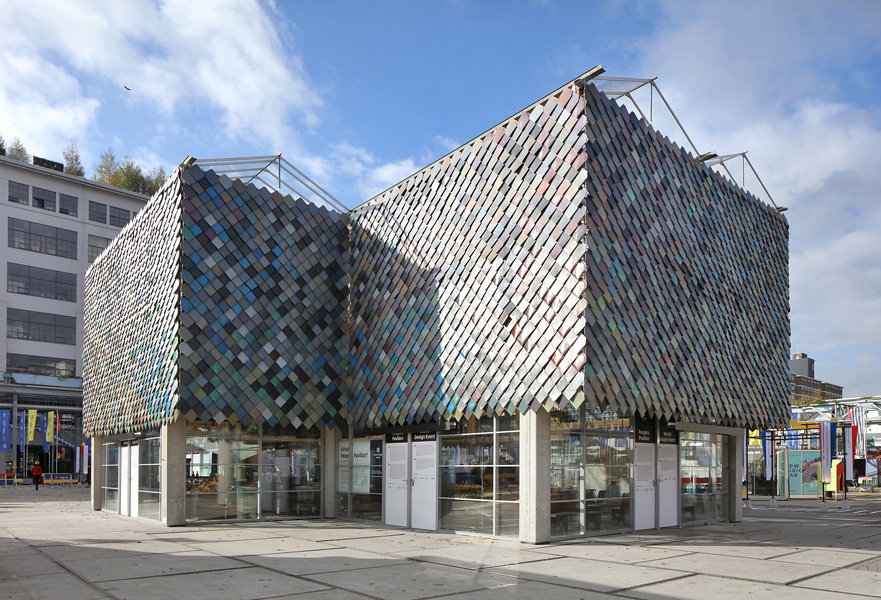
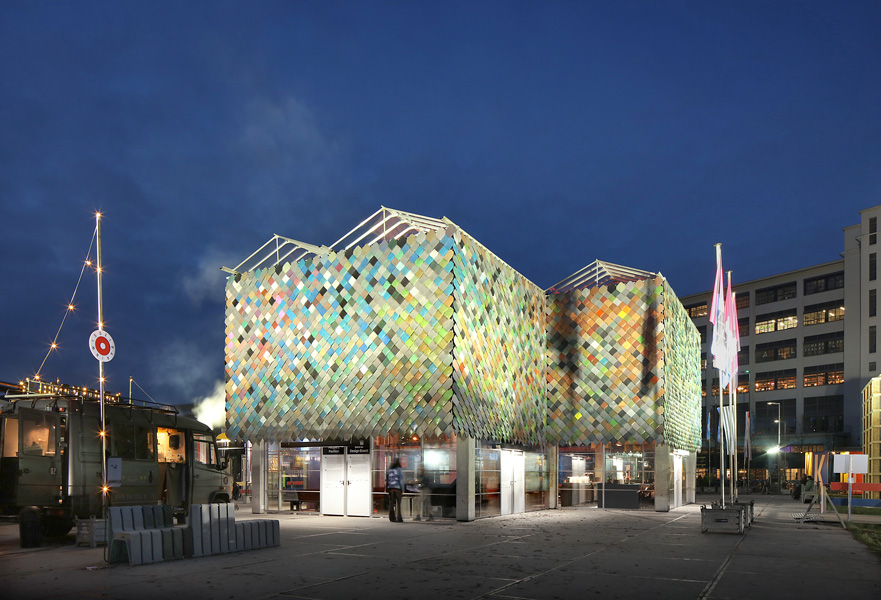
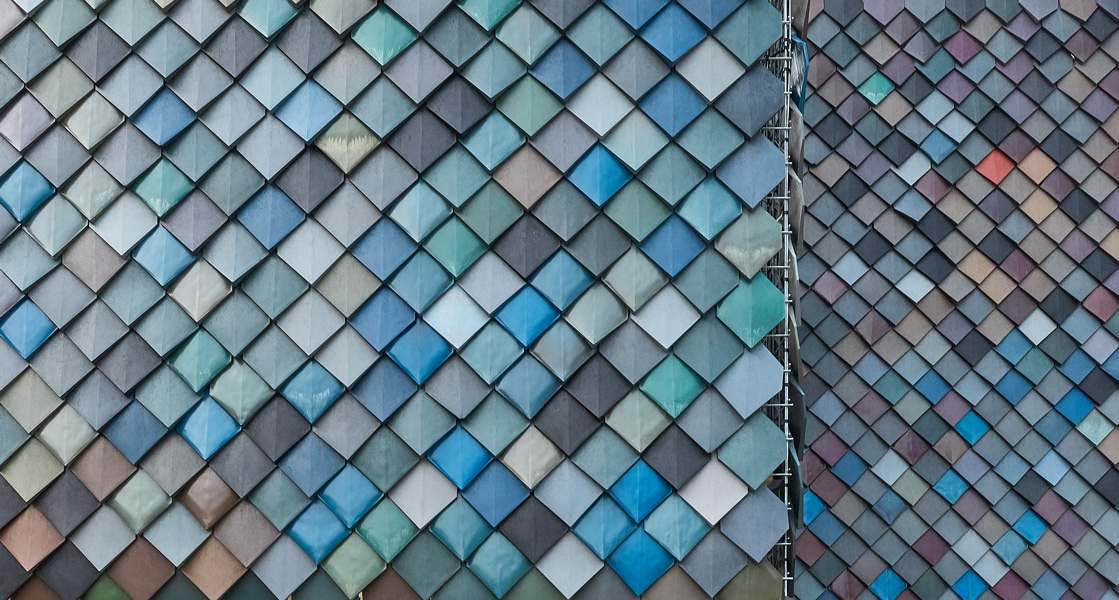

Phil Cuttancee, originally from New Zealand, designs hand made objects in his London Studio.
He is interested in methods of making which endow the object with visual clues about how they were made. Their complex forms and sharp lines mean it is sometimes assumed they have been made using CAD software, CNC maching, or 3D printing, but they on closer inspection reveal that they are all handmade. Often tiny imperfections, a result of the processes by which they are made, give this away.
He has expanded his range of handmade chevron-textured objects to include a tray, a vase, and a pen pot. Each of Cuttance’s Herringbone objects is handmade from Jesmonite – a composite material that combines plaster and cement with water-based resin. To achieve a textured surface, the London-based designer made a set of patterned resin moulds. This pattern was first created on paper, before being projected onto a flat plastic sheet.
The final vases are cast in cement that has been coloured with pigments to create each of the seven different finishes. These include sage green, taupe, dark blue, brick red, white marble, grey marble, and granite. Each piece is then given a laser-etched cork base, branded with the object’s name and number, emphasising their handmade quality.
By making each object by hand, the designer hopes to set his pieces apart from the identical, mass-produced objects on the market.
Jesmonite – awarded Material of the Year at London’s 2017 Design Fair – has become increasingly popular with designers, including Zuza Mengham and YenChen YaWen Studio who have used it to make angular sculptures and vases that oxidise and change colour as they age.
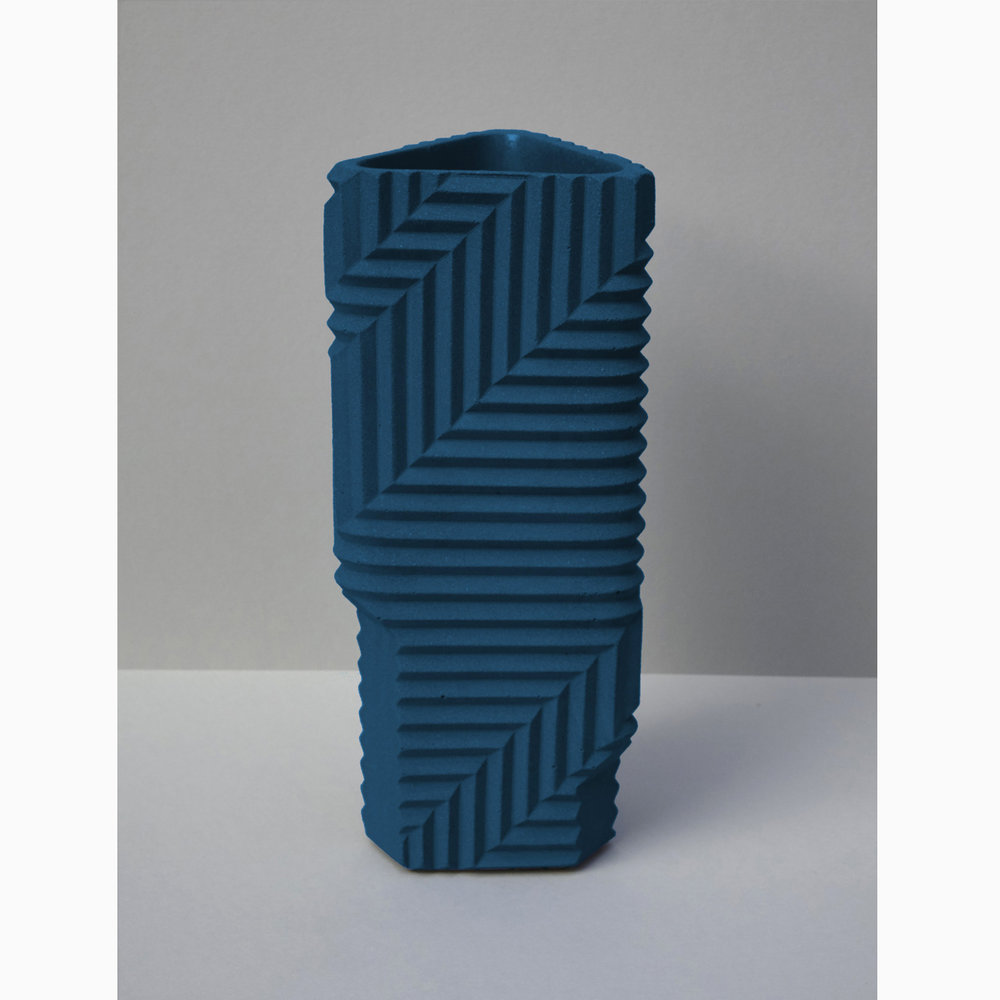
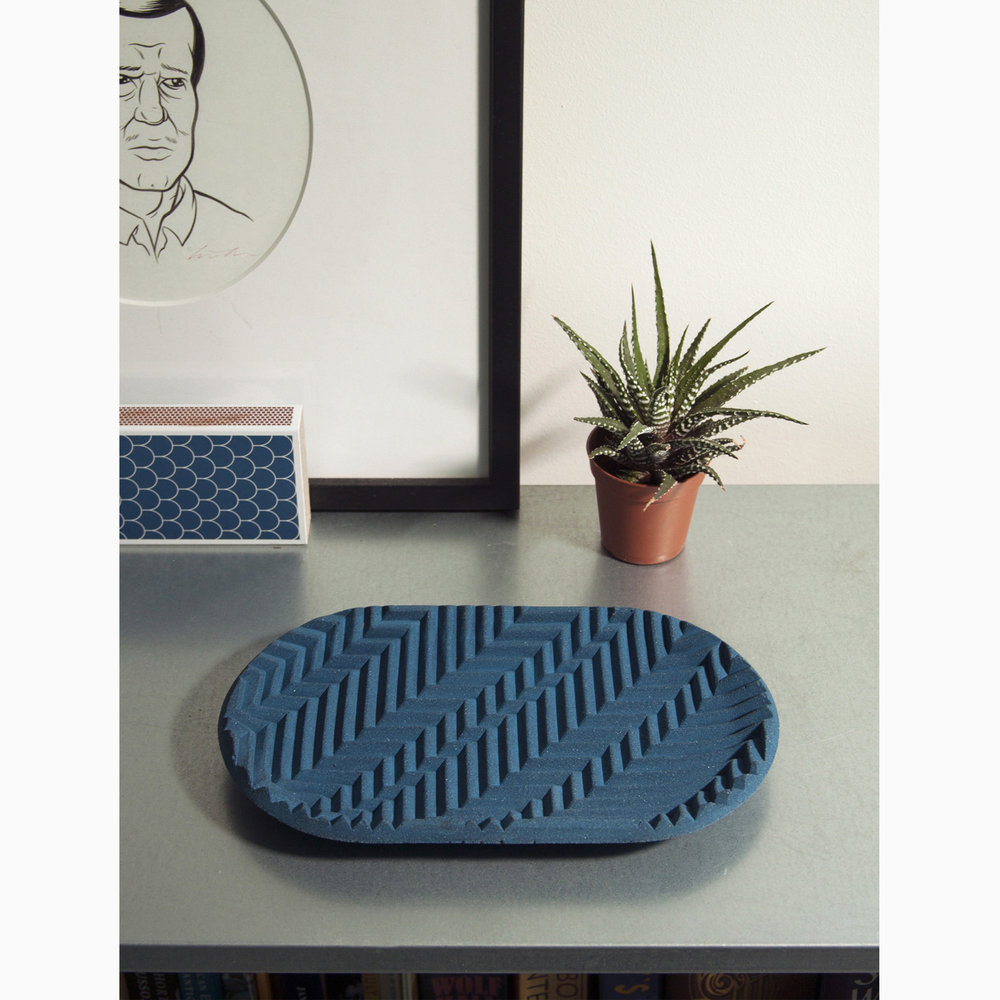
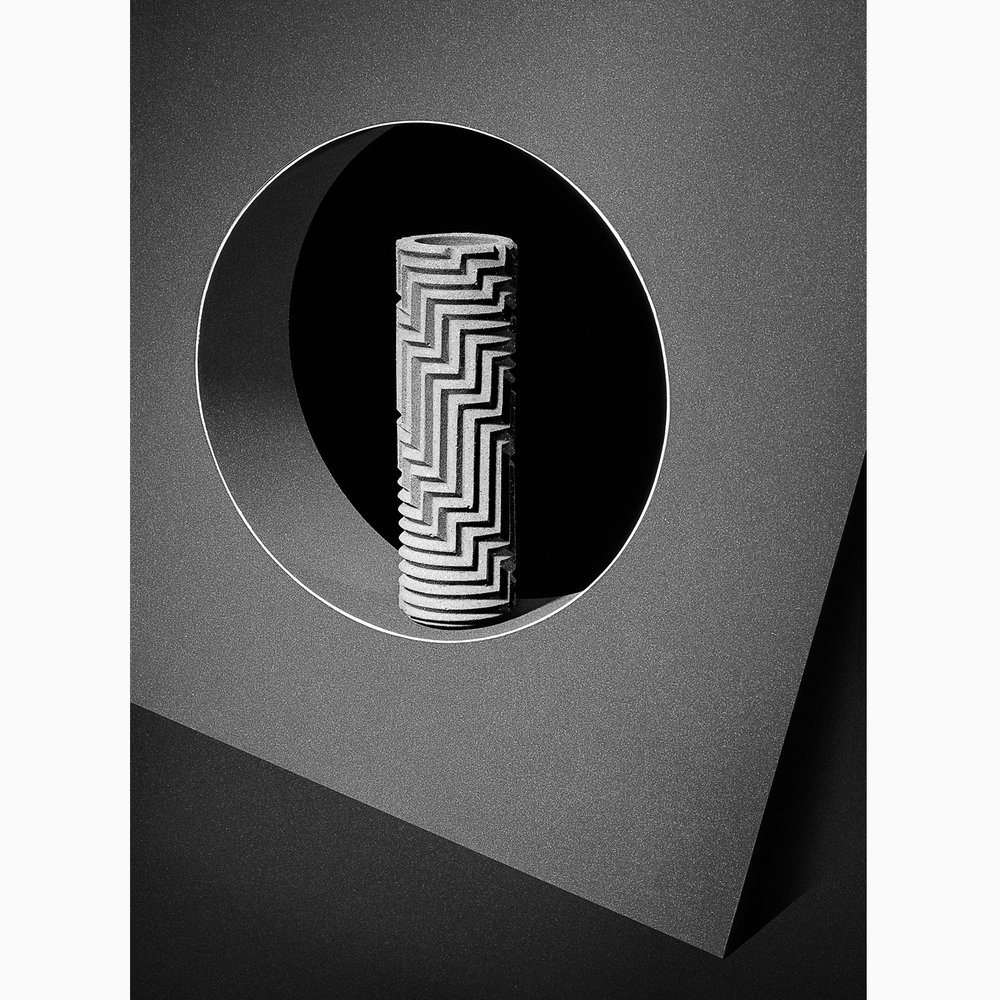
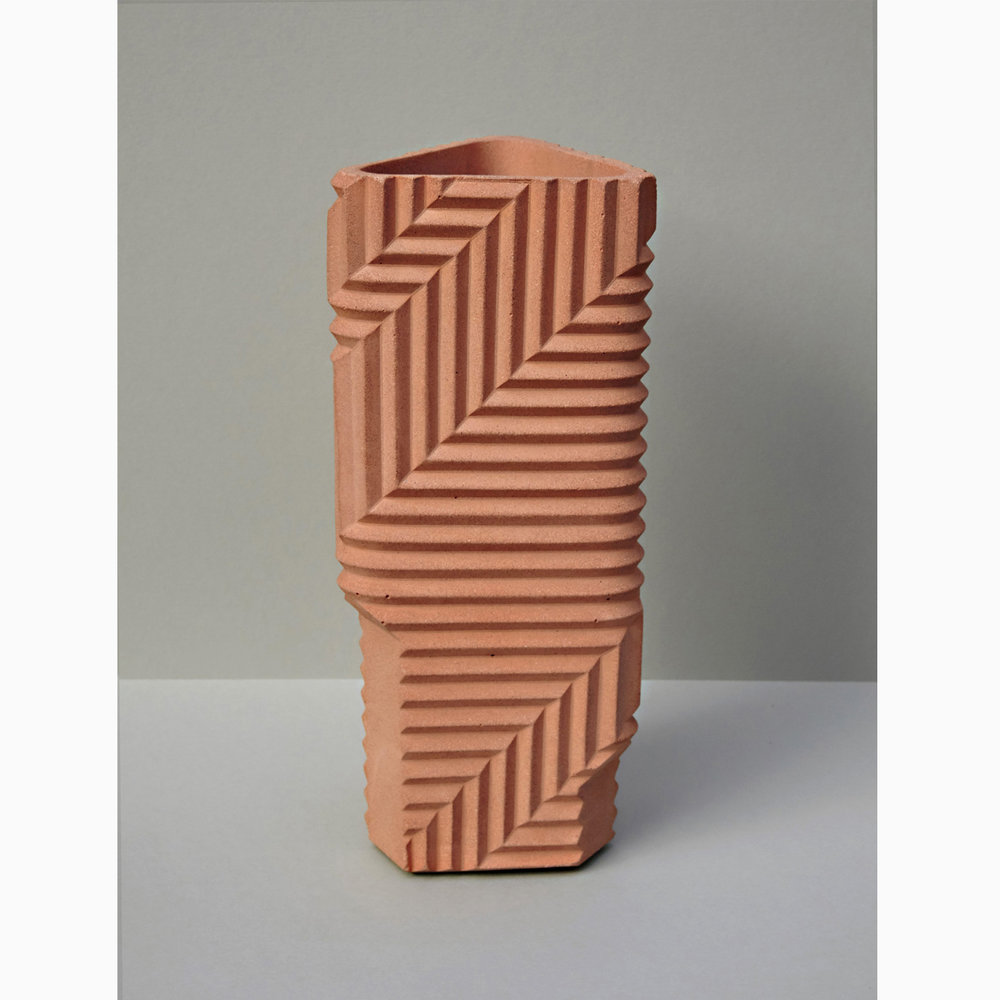
David Derksen is a product designer, based in Rotterdam The Netherlands. Nature, and especially the principles and processes that are found in nature are David Derksen’s main sources of inspiration. This results in a strong focus on materials, how they behave and how they can be constructed. According to David Derksen, creating objects is like playing with the forces of nature on scale. In his designs he tries to express the beauty of the material and the way it is produced.
Recently he launched his new product line Aerolights, which really breath extensive material research.
‘ Metal foams are excellent heat exchangers. These airy pendant lamps make optimal use of this property. The foam functions both as a passive cooling element for the powerful LED’s as well as a lampshade. Available in nickel, copper and patinated copper foams.’
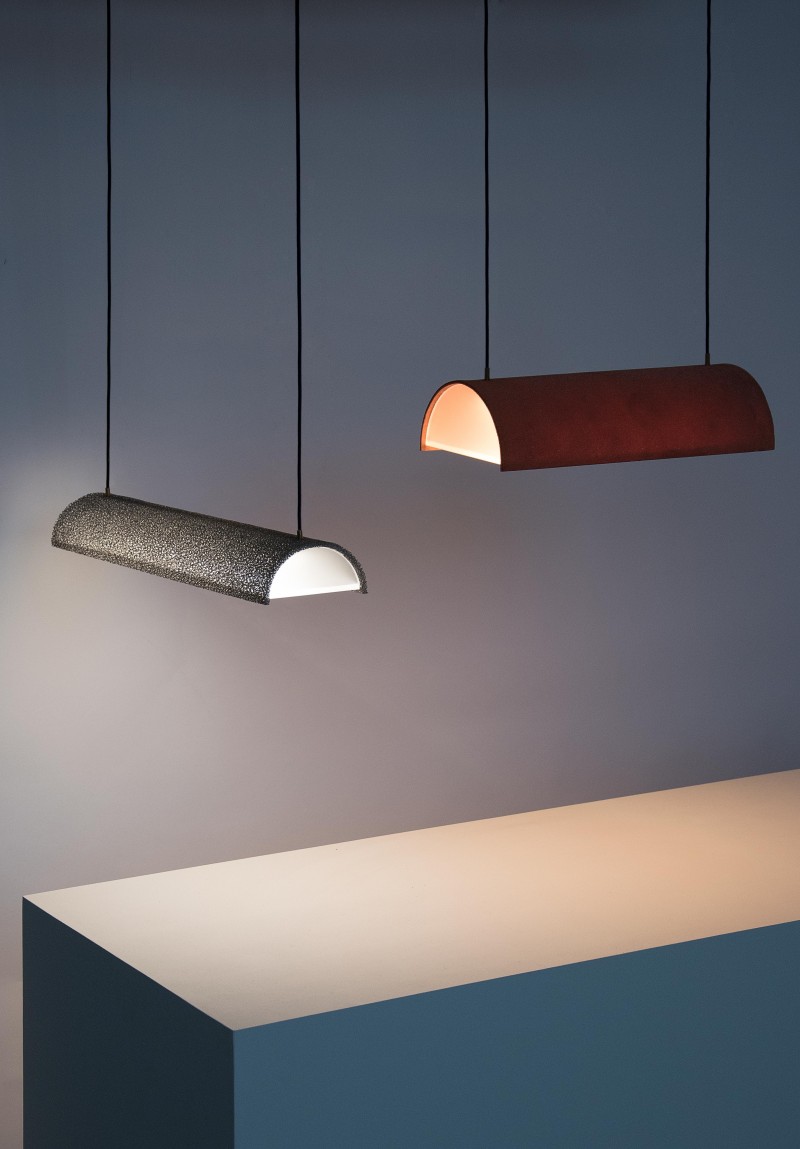
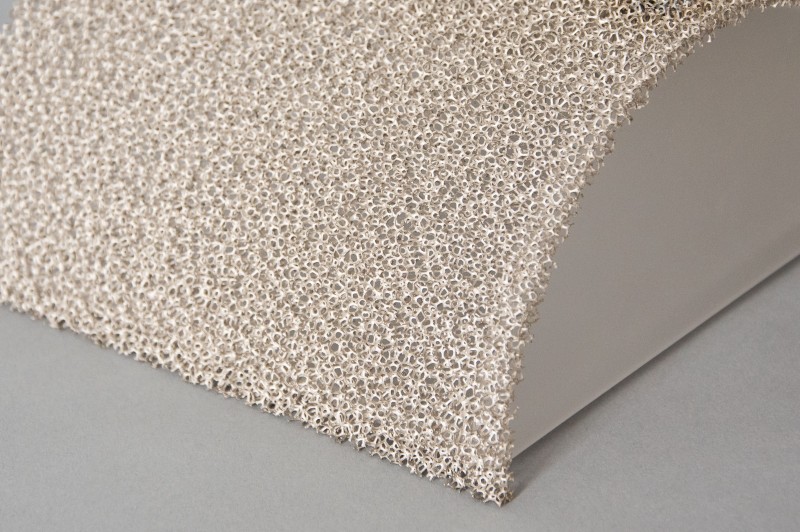
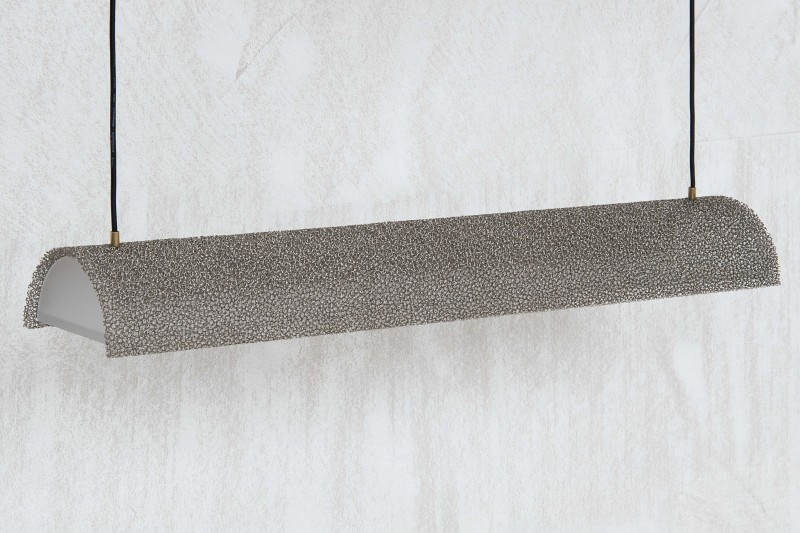
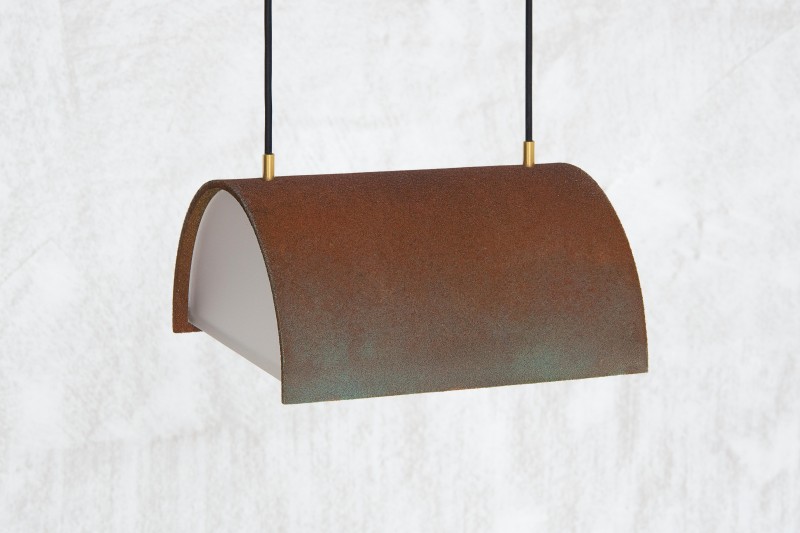
In augustus 2014 hebben wij, Ferry en Nina, de lege plek in de Gouvernestraat gevonden. Daarna hebben we 2 jaar intensief gewerkt om van een leeg stukje grond, naar een ingewikkelde bouwplaats midden in de stad, tot een opgeleverd huis te komen. Na het initiatief nemen, ontwikkelen, ontwerpen en bezuinigen, hebben we ook de bouwbegeleiding en communicatie met de omwonenden op ons genomen. Voor ons, als twee jonge architecten heeft dit project naast een mooi huis op een centrumlocatie, ook een waardevol leerproces opgeleverd.
De Gouverneur is een nieuw woonhuis tussen bestaande gebouwen in het Oude Westen van Rotterdam. Het is door de bouwhoogte en de metselwerk gevel een neutrale inpassing in haar omgeving en van binnen verrassend ruimtelijk en licht.
Het project is een resultaat van het ‘Klein en Fijn’ initiatief van de gemeente Rotterdam, dat kleinschalige ontwikkelingen in de bestaande stad mogelijk maakt. Door deze invullingen is het mogelijk om de stad te verdichten zonder te slopen, en om de stedenbouwkundige structuur te verbeteren. In dit geval is een gat in de straatwand gedicht en de sociale controle in de doorgang naar de binnenplaats vergroot.
In de Gouvernestraat is een rijkdom aan Nederlandse architectuur uit 1850 tot 2016 te vinden. De tijd waarin het is gebouwd is altijd leesbaar. Naast een diversiteit aan vormen en detaillering, zijn er veel dubbele deuren te vinden met werkplaatsen op de begane grond. En er is 1 grote overeenkomst, alle gevels zijn gebouwd met baksteen. Het woonhuis is een eigentijdse nieuwkomer, maar wordt met de bakstenen gevel en brede houten voordeur onderdeel van de straat.
Het metselwerkverband verwijst naar zowel voor- als naoorlogse architectuur. Het verdubbelde kettingverband eindigt bovenin het gebouw met terugliggende stenen, die een moderne gevelbeëindiging vormen. De toegepaste baksteen is gemaakt van bouwafval. Het is een nieuw product en de eerste keer dat de baksteen is toegepast als gevelmateriaal.
De kettingen in het metselverband zijn extra benadrukt door het toepassen van doorgezaagde stenen. De gladde oppervlakte van deze stenen reflecteert het licht anders en verraadt de samenstelling van de stenen: die zijn gemaakt van bouwafval zoals steen, glas en keramiek. Daarmee is het afval in de stenen de decoratie van het huis. Het toepassen van deze circulaire baksteen is innovatie binnen de traditie.
Duurzaam bouwen is meer dan een laag huishoudelijk energieverbruik realiseren. De verspilling van energie en materiaal tijdens de bouw, bij het produceren van bouwproducten en bij het slopen van bouwwerken is minder zichtbaar maar aanzienlijk. Circa 40% van het afval dat we in Nederland produceren is bouwafval. 26% van het steenachtig materiaal in het huis is circulaire baksteen.
Door minder materiaal te gebruiken is er ook minder transport, minder verwerking en minder afval. Bij het ontwerp van dit huis is daarom gekozen voor dunne vloeren, minder scheidingswanden en minder afwerking. Door de toepassing van stenen gemaakt van bouwafval, een hernieuwbaar product met een herkenbare uitstraling, laten we zowel de schoonheid van duurzaamheid zien als de duurzaamheid van schoonheid.
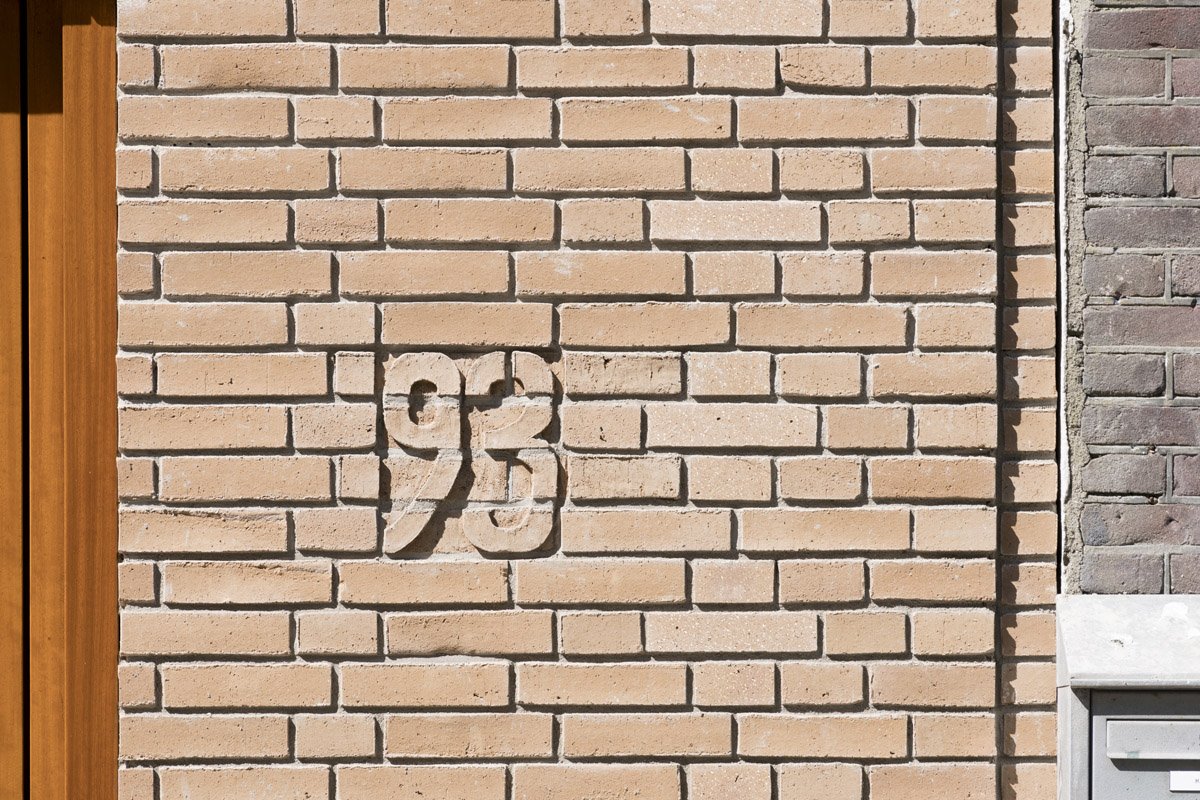
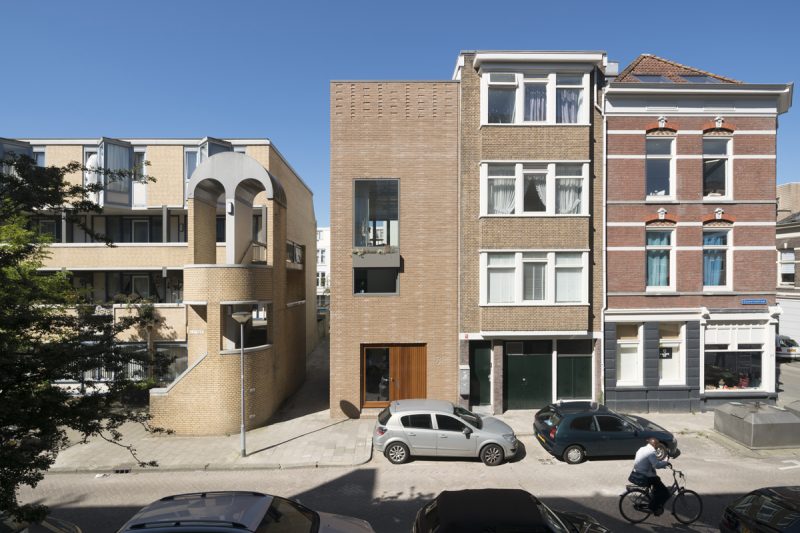
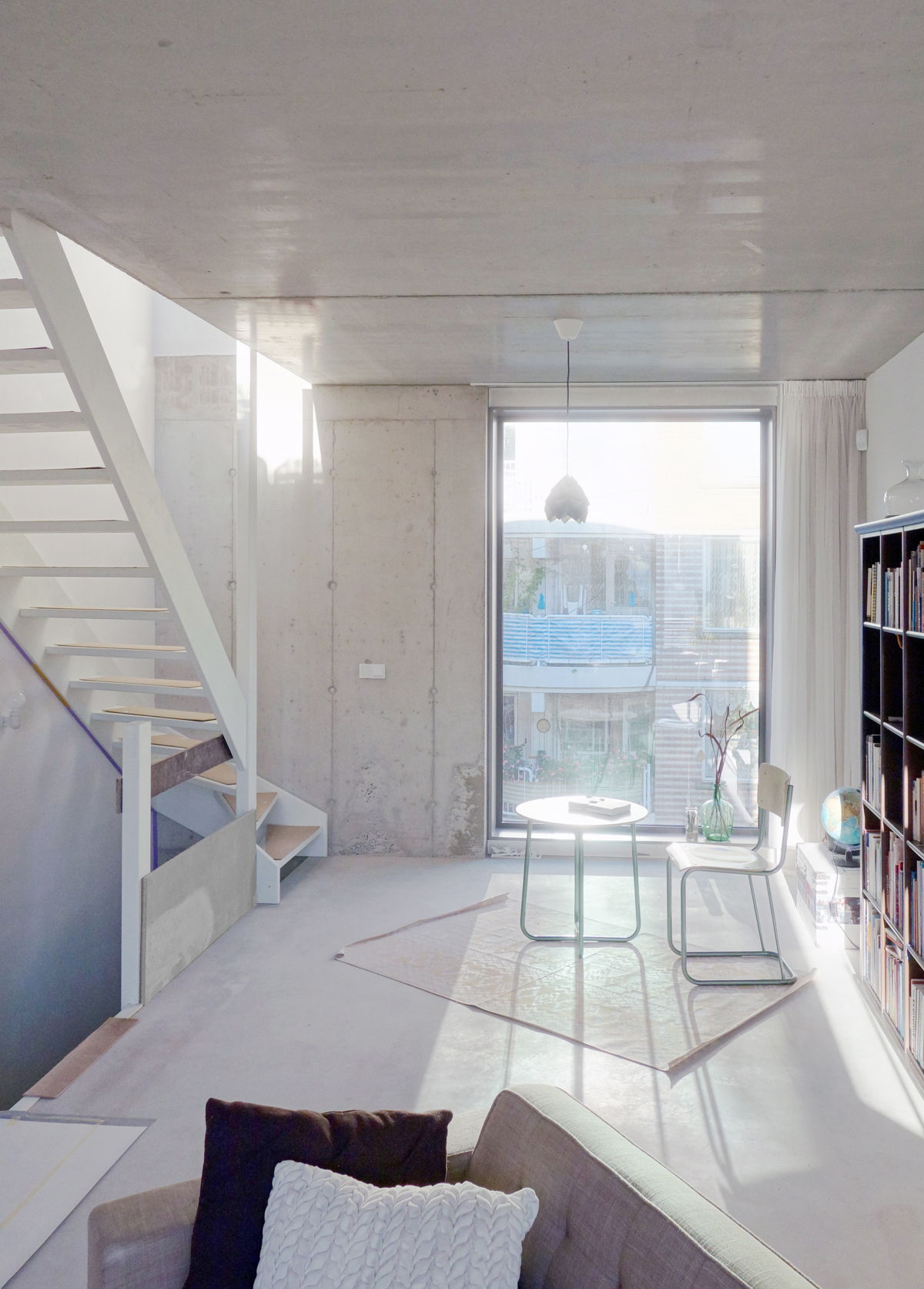
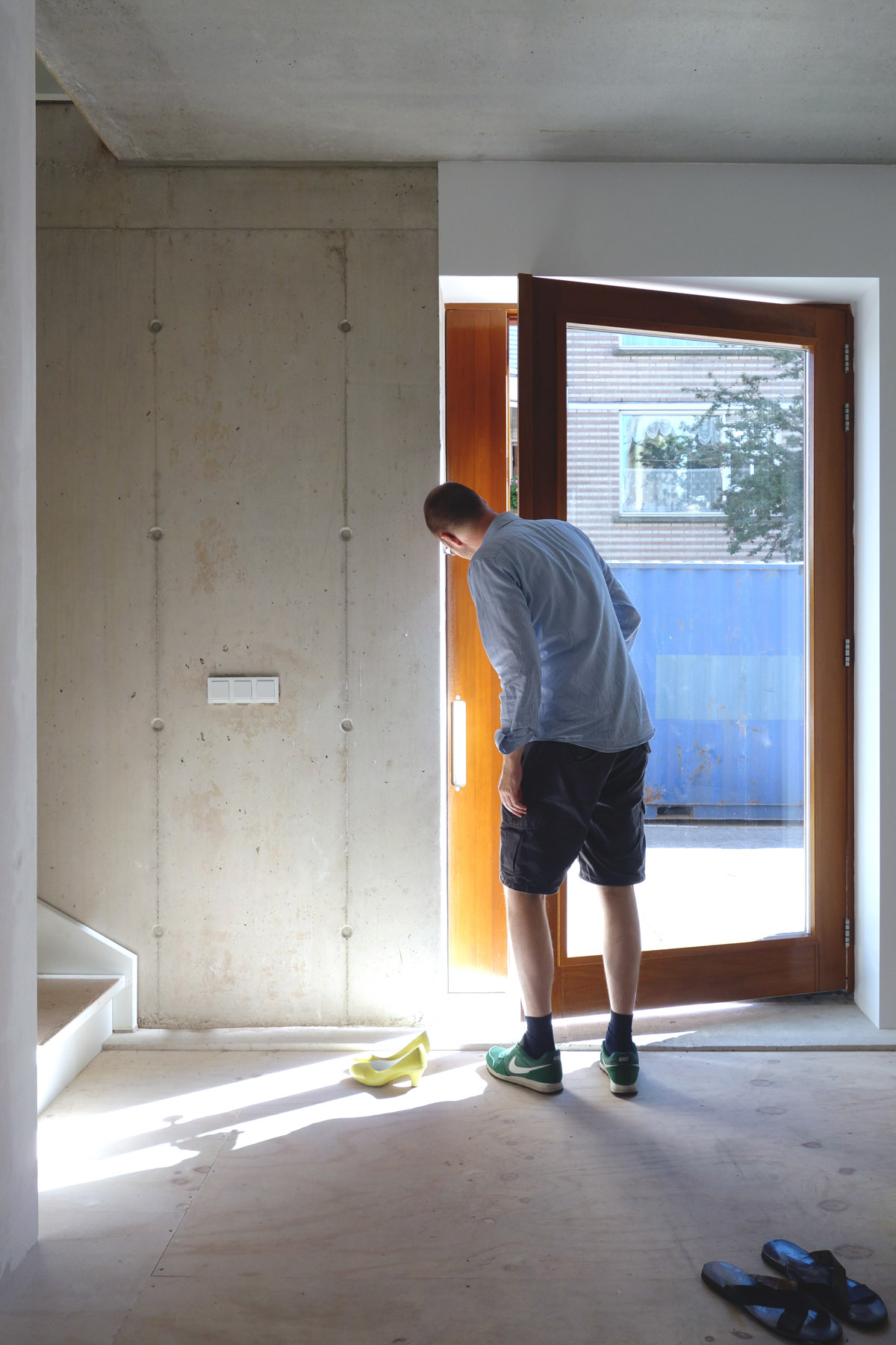
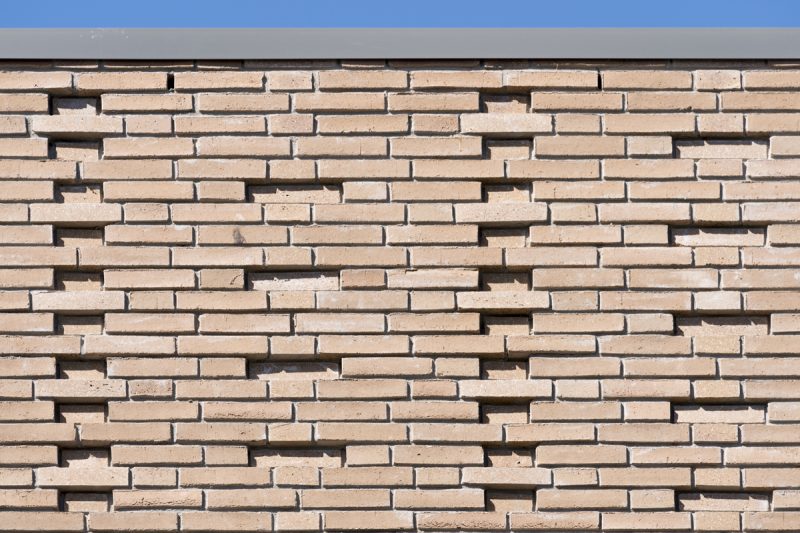
Consistency, color, wool and jute threads knotted and shaped by the wise hands of artisans, creating effects of heights and tactile feelings in contrast.
Karpeta was founded by Daniele Morabito and Simona Scollica, Karpeta introduces its 7th collection, a brand new world of weaves, knots and prints embracing the original vision of the two founders: combining different cultures and worlds capable of turning each rug into a tale of tales, reinterpreting time and space. Handmade according to the ancientartisanal techniques, and yet created to reflect possible futuristic worlds, the creations by Karpeta combine India’s thousand year old weaving tradition with the innovative talent of a team of national and international designers, renovated every year, working alongside the brand’s creative team. The rugs by Karpeta deliver new, artistic visionsdestined to change the everyday life of those who will experience them.
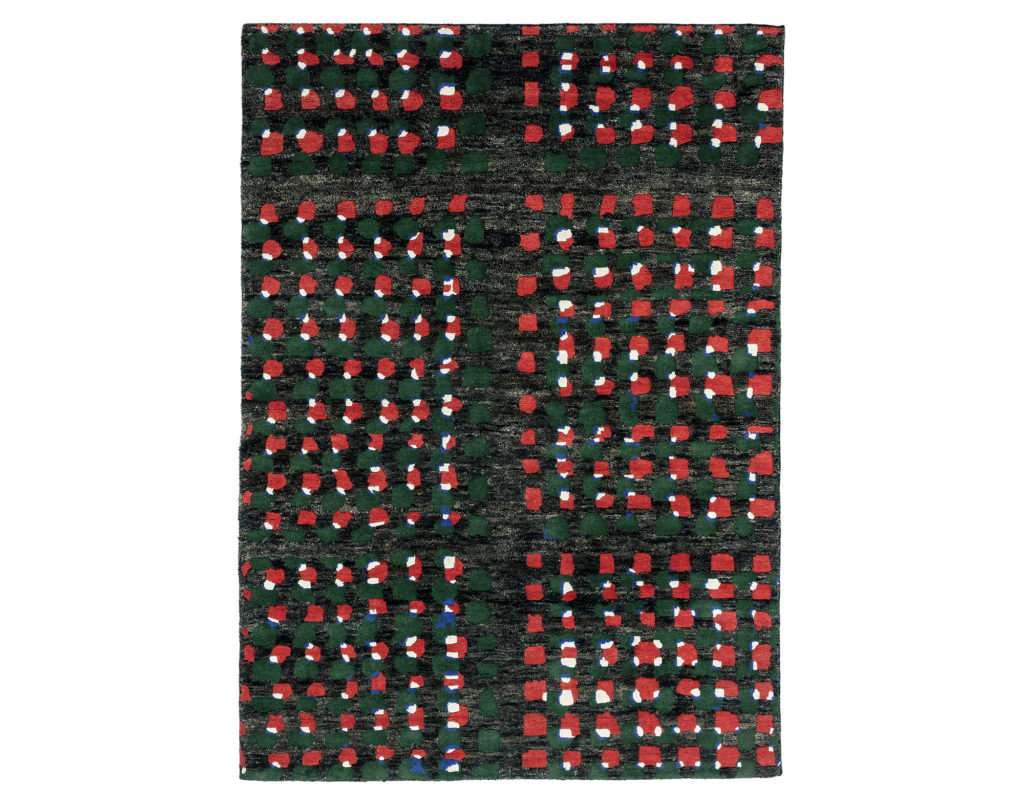
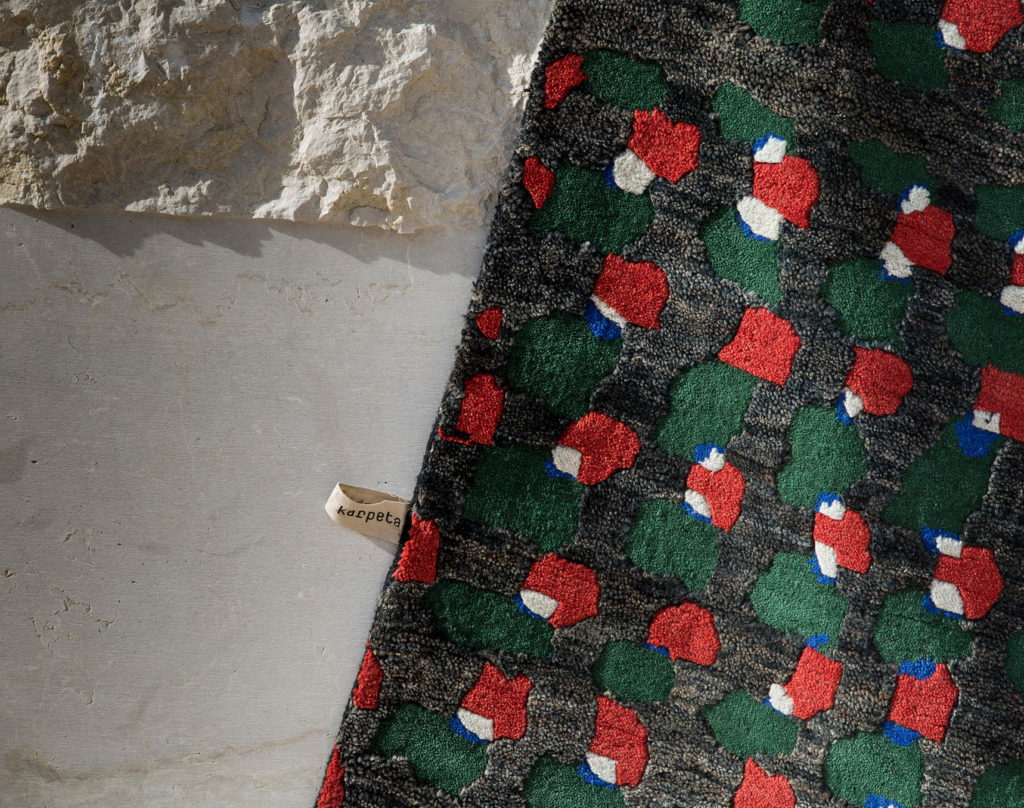
‘My home is my castle’
Never were there more cities as they are are now. And populations are still growing. Next to smart architecture, older buildings (who earlier on were designed for diffferent purposes) are reclamed for living. The robust identity of these buildings makes you feel you’re part of the city and it’s heritage. You are a strong part of this city-community, because you live, work and socialize here. Therefore we create private shelters as our own city-castle, including a canal and drawbridge.
The strong fundaments, solid walls, noise absorbing materials and thick textures will protect you from the city-rush. Decorated with modern wallhangings, luscious velvet and raw materials, this house offers comfort in a robust setting for these citizens who live large and vivacious!
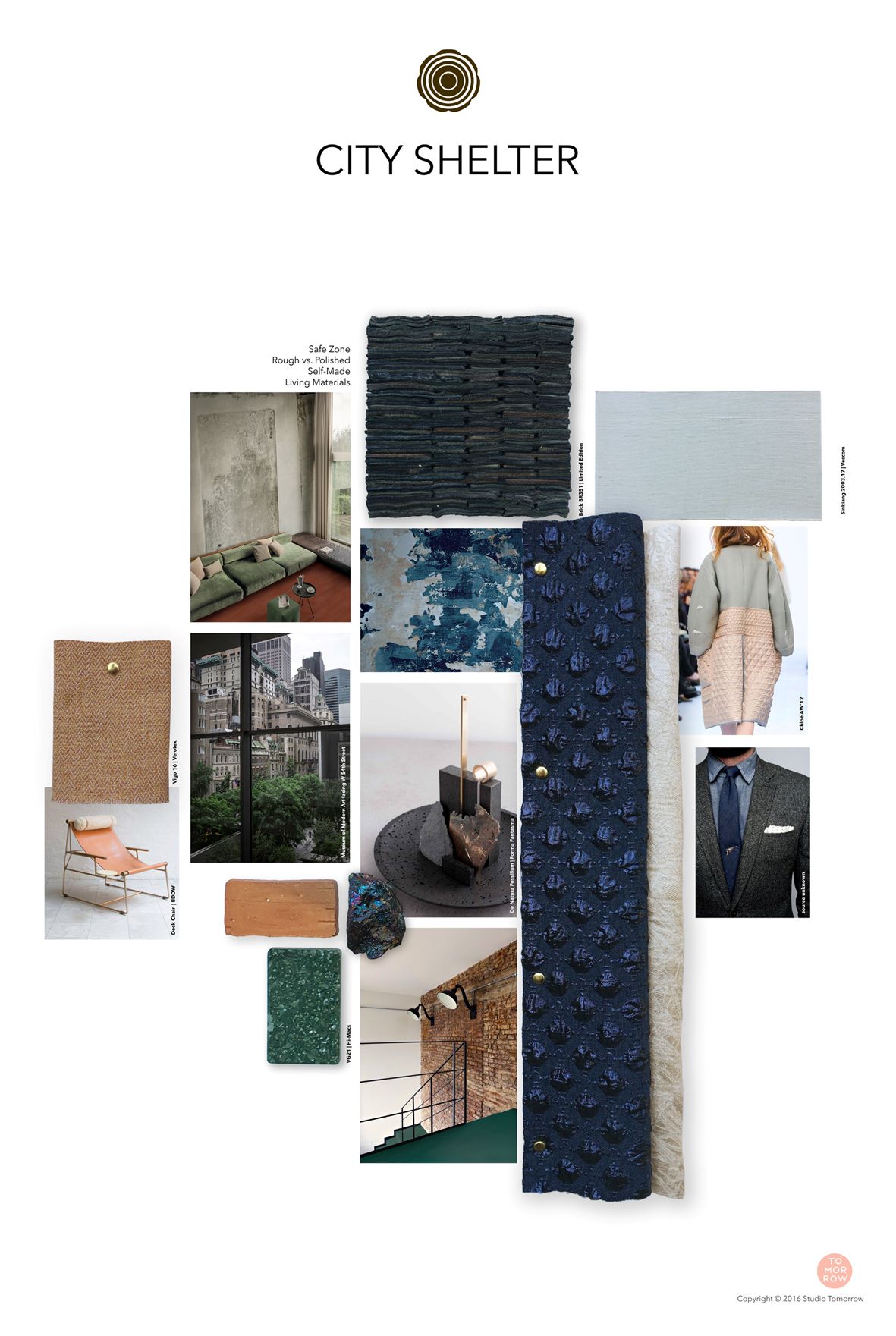
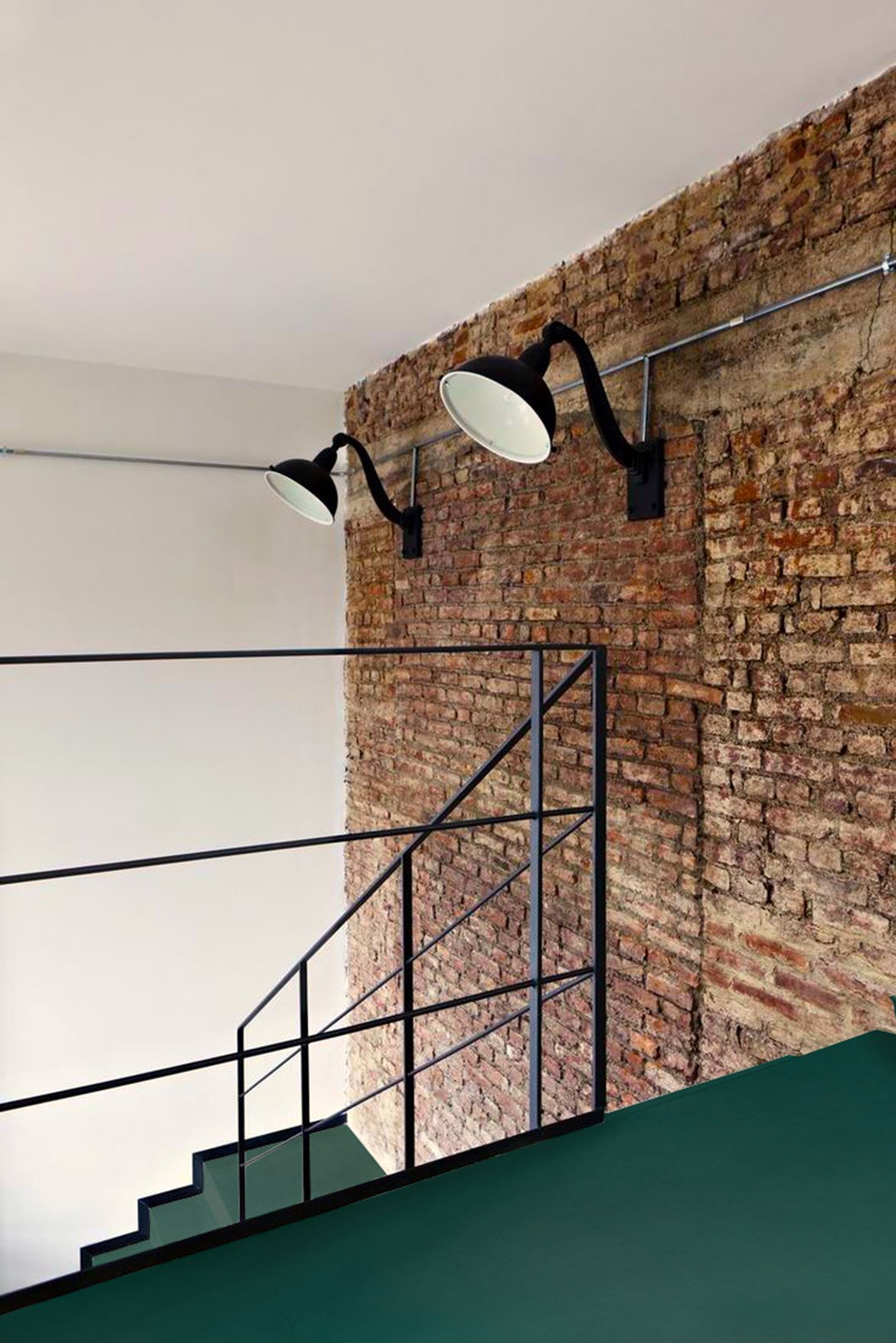
Senso color: Emerald Green
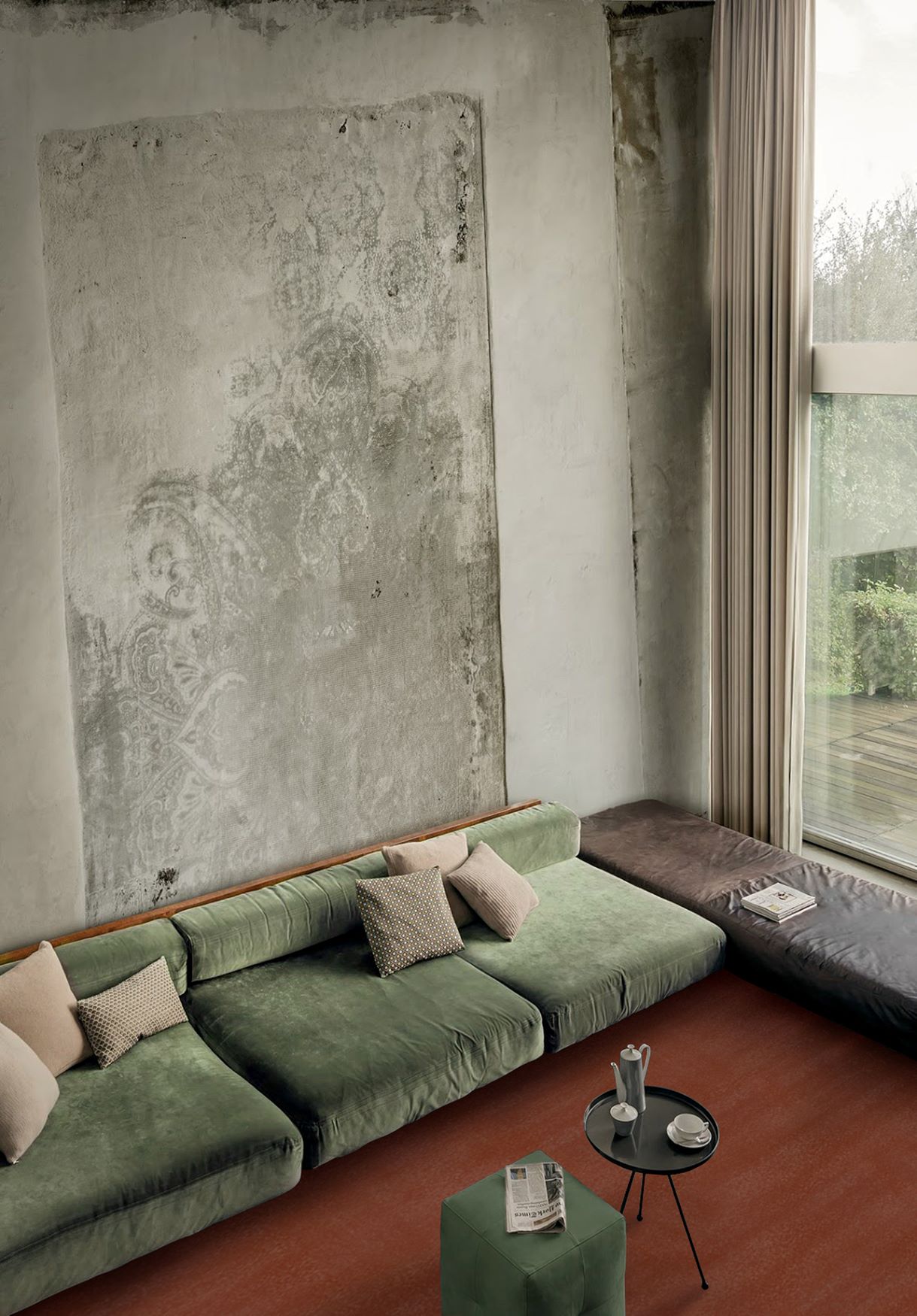
Senso color: Crushed Brick
The Political Lamp is a connected cloud, capable of reacting in real time to messages posted on Twitter, creating a thunderstorm every time a tweet is posted on one of the accounts it monitors. Each tweet is then materialized by a series of lightnings, rolling in the cloud and disturbing the soft light of the lamp.
The choice of setting the Political Lamp to follow the tweets of Donald Trump is explained by the fact that he perfectly embodies a dangerous era. A world where the words of one man, released without reflection and with spontaneity on a global social network, can endanger the fate of millions by spreading the ghost of nuclear war on the planet.
As in the case of the Earthquake Lamp, the idea of the Political Lampis to hide its true nature behind a beautiful object, which immediately modifies the observer’s behavior when its purpose is revealed, causing anxiety and fascination.
An alternative setting of the Political Lamp was also conceived, allowing this cloud lamp to react to the tweets of the current elected from the FN (right-wing populist and nationalist political party in France), symbolizing the current rise of intolerance.
About ParseError
I am a French artist, based in Marseille.
Self-taught, my work is born of the encounter between art, design and technology. I explore the relationships between humans and their environment, seeking to provoke questions and sensations through interactivity and connectivity.
Also founder and editor of the UFUNK.net webzine.
Located on the Robertson Quay in Singapore, the Warehouse Hotel was designed by a local design studio Asylum. Based in an old, industrial building dating back to the period of Singapore’s spice trade height, the lobby features an original brick wall, black metal gate and raw, ribbed reception desk.
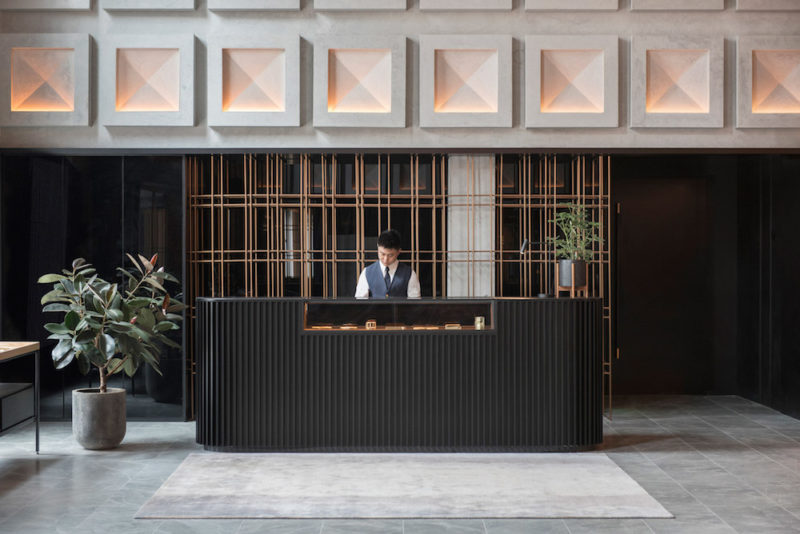
Marble counter of the bar allows guests to enjoy their spice-infused cocktails, while each out of 37 rooms is elegantly furnished. Wooden floors and tiled walls make a neutral background for metal-framed furniture and glass surfaces dividing the en-suite bathroom. Keeping in with the original spirit of the place, the Warehouse Hotel is a serene oasis in the middle of the bustling city.
